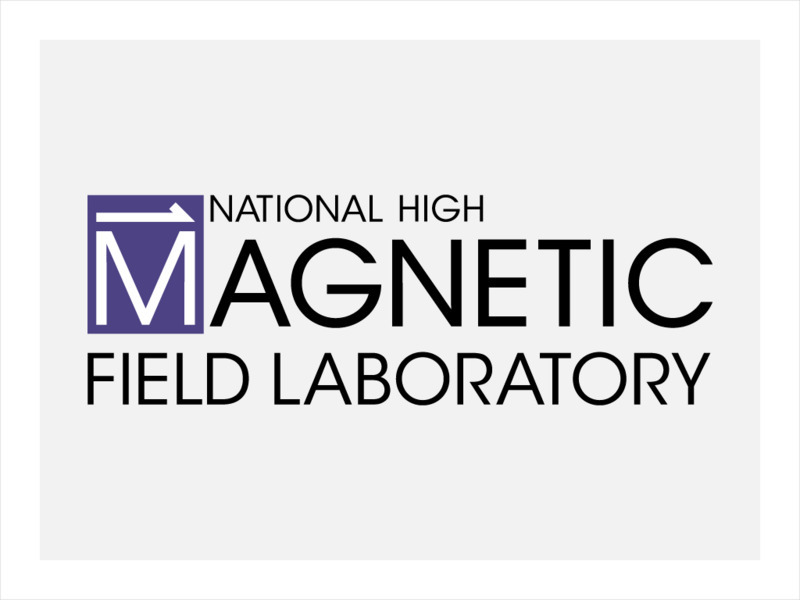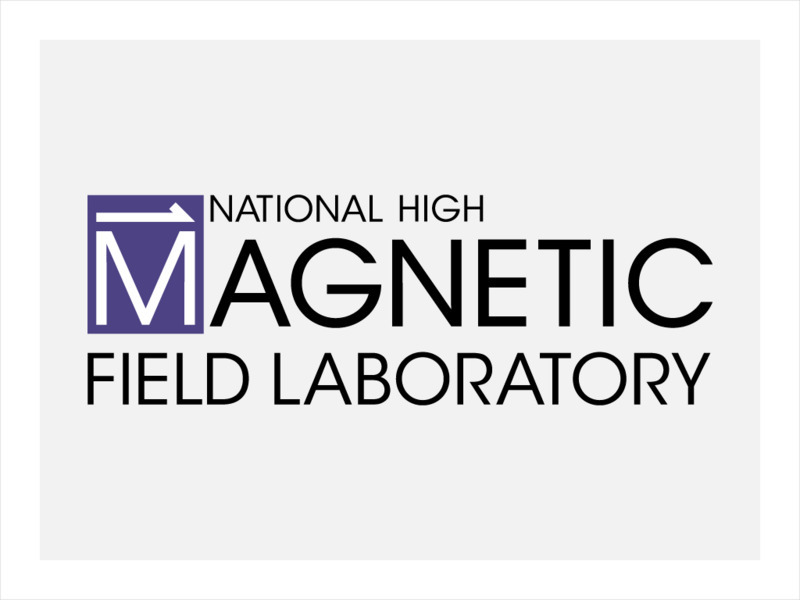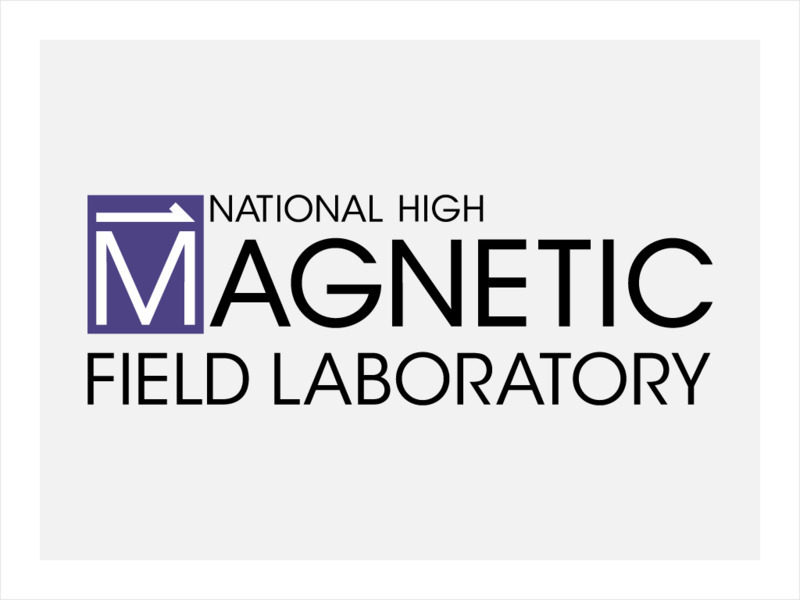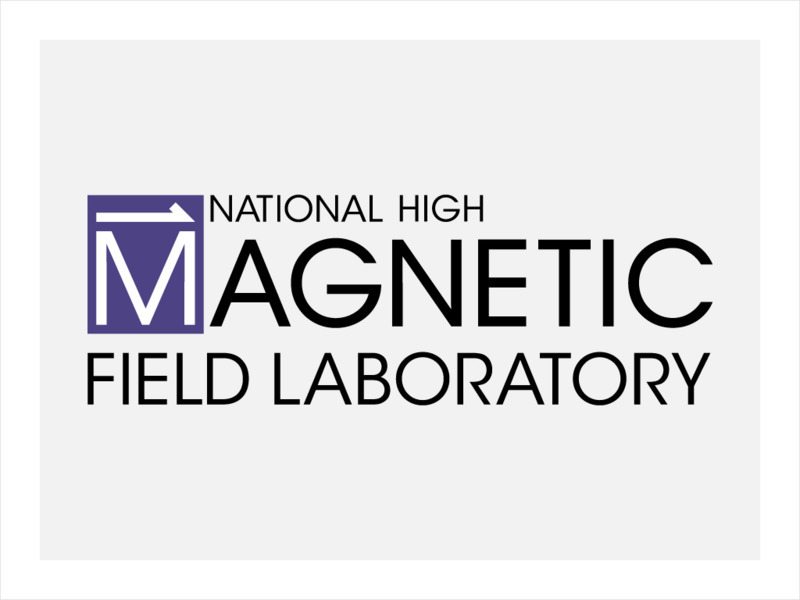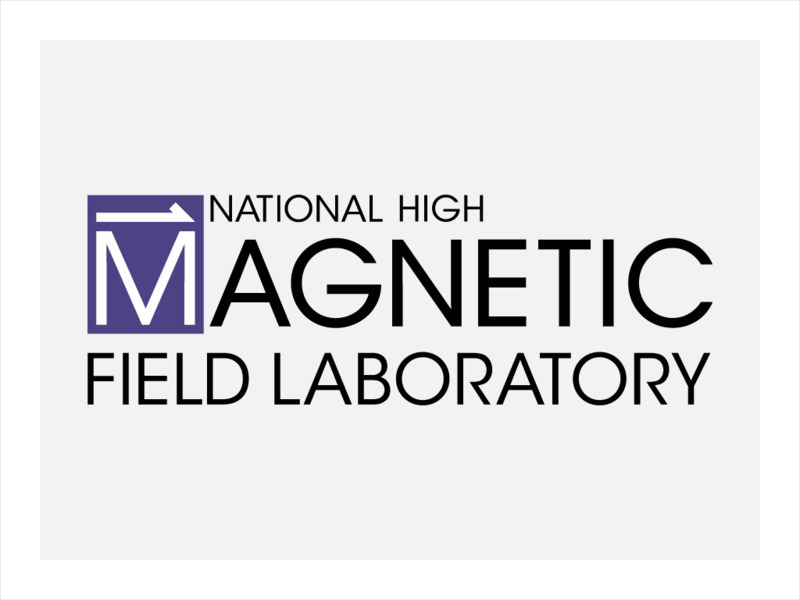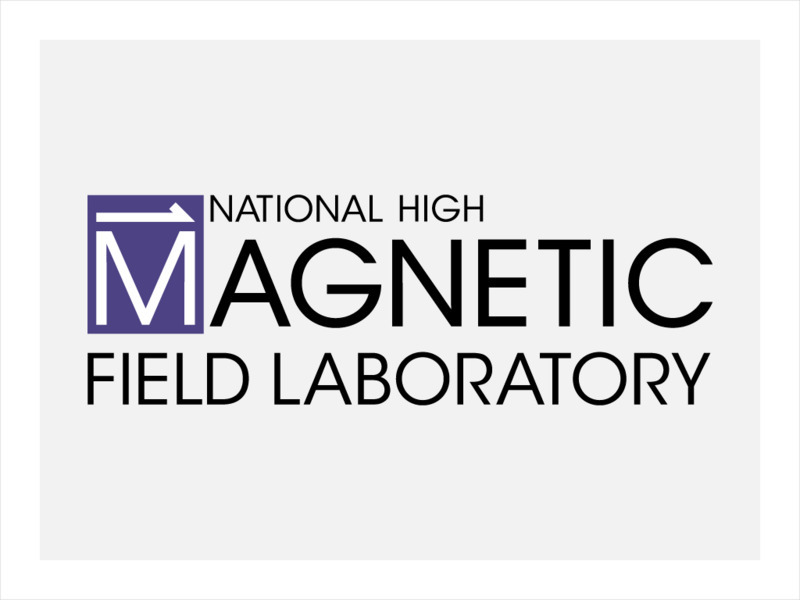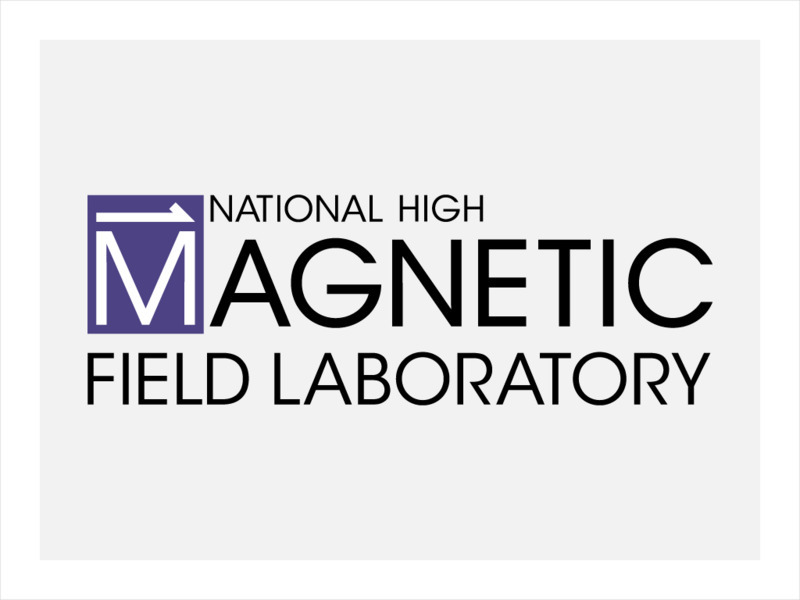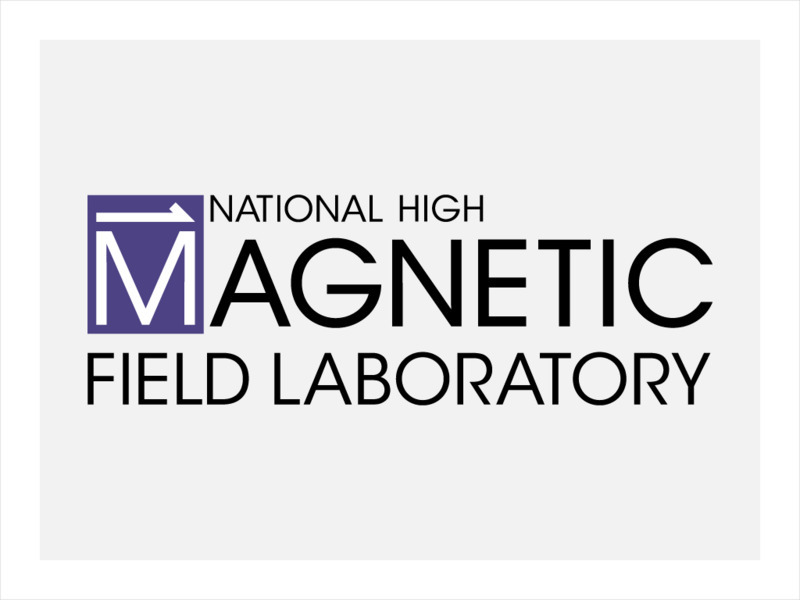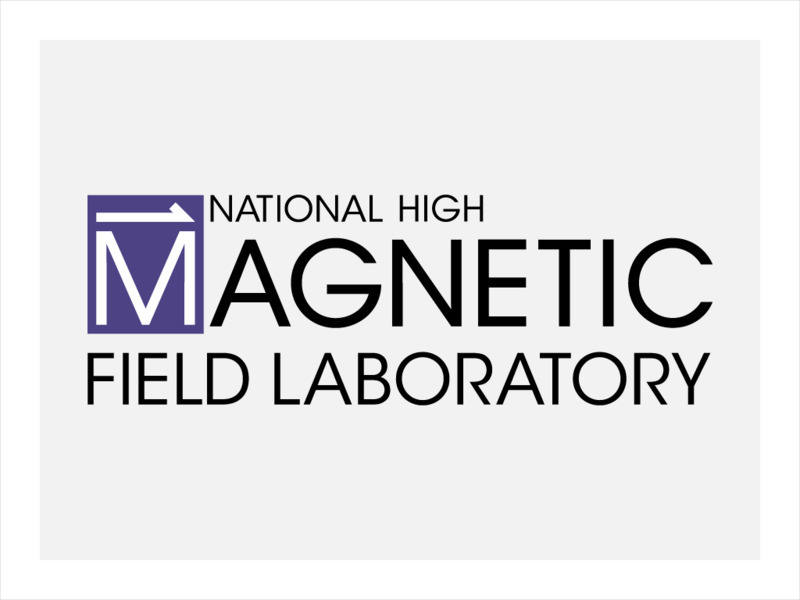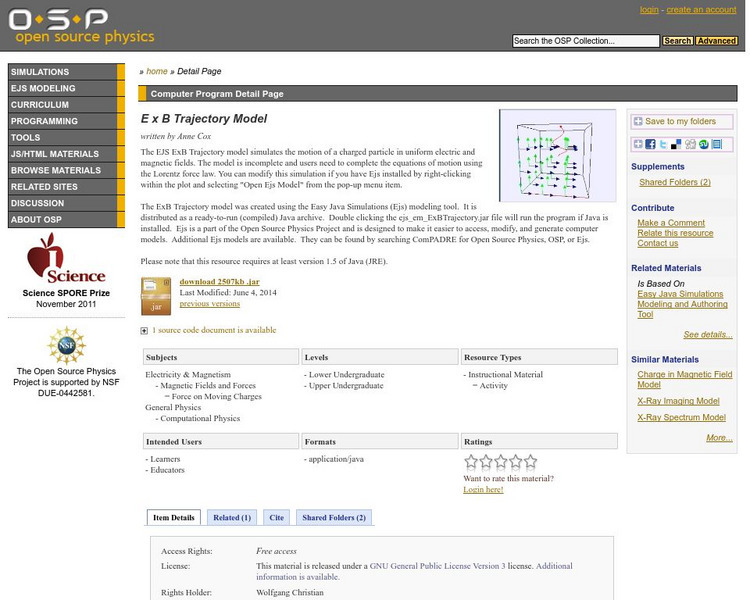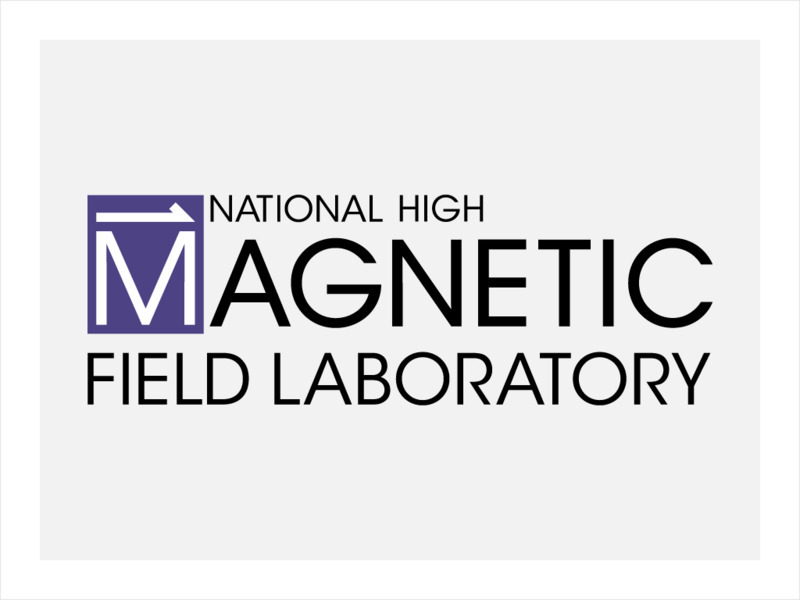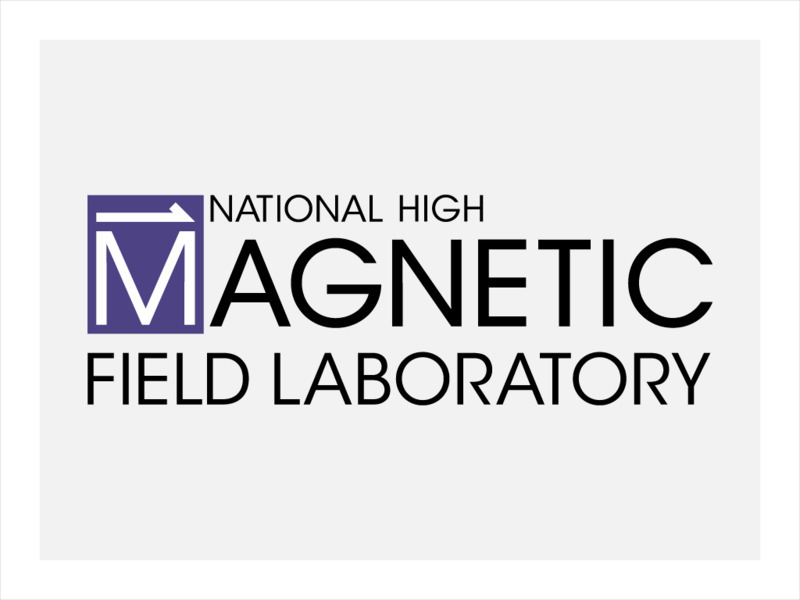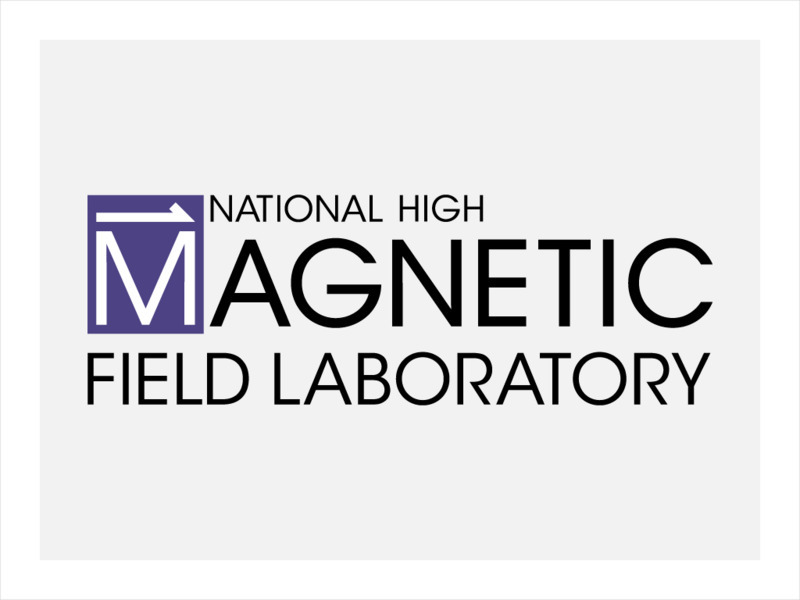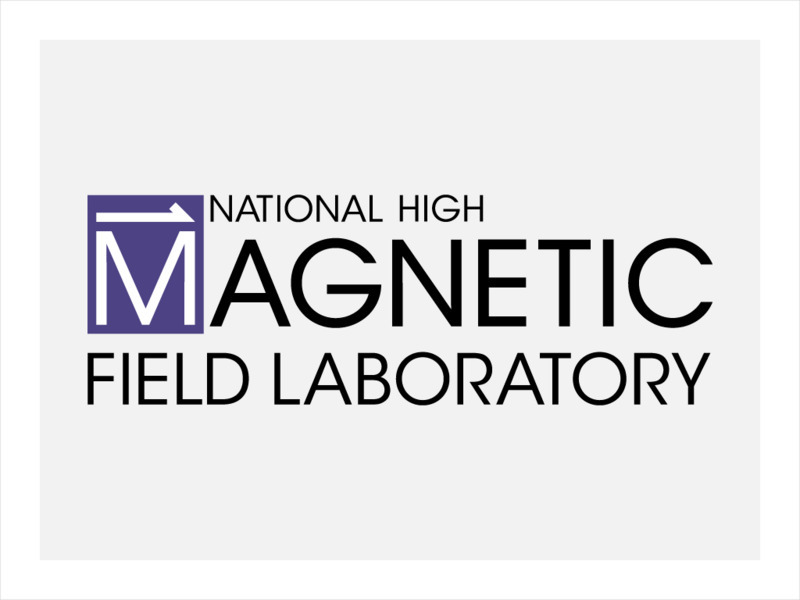National High Magnetic Field Laboratory
Magnet Academy: William Crookes
English scientist William Crookes was very innovative in his investigations with vacuum tubes and designed a variety of different types to be used in his experimental work. Crookes tubes are glass vacuum chambers that contain a positive...
National High Magnetic Field Laboratory
Magnet Academy: James Joule
James Prescott Joule experimented with engines, electricity and heat throughout his life. Joule's findings resulted in his development of the mechanical theory of heat and Joule's law, which quantitatively describes the rate at which...
National High Magnetic Field Laboratory
Magnet Academy: Joseph John Thomson
Joseph John Thomson, better known as J. J. Thomson, was a British physicist who first theorized and offered experimental evidence that the atom was a divisible entity rather than the basic unit of matter, as was widely believed at the...
National High Magnetic Field Laboratory
Magnet Academy: Galvanometer
This tutorial illustrates how a galvanometer, an instrument that detects and measures small amounts of current in an electrical circuit, works. (Java tutorial)
National High Magnetic Field Laboratory
Magnet Academy: Leyden Jar
These devices, though quite humble, represented a tremendous breakthrough in the history of electricity; they were the first capacitors, and as such were able to store electric charge. (Java tutorial)
National High Magnetic Field Laboratory
Magnet Academy: Peter Debye
Peter Debye carried out pioneering studies of molecular dipole moments, formulated theories of magnetic cooling and of electrolytic dissociation, and developed an X-ray diffraction technique for use with powdered, rather than...
Learn Engineering
Learn Engineering: Understanding Rotating Magnetic Field & Synchronous Speed
Get information about rotating magnetic fields and how electric machines use them for their operation. Discusses synchronous speed and number of poles on an electrical machine. The accompanying article discusses the topics found in the...
American Association of Physics Teachers
Com Padre Digital Library: Open Source Physics: Charge Trajectories
Investigate a the forces exerted on a charged particle by electric and magnetic fields. Initially, find out how the charge behaves in an electric field. Then, see how the charge behaves in a magnetic field. Finally, initiate both fields...
National High Magnetic Field Laboratory
Magnet Academy: Gold Leaf Electroscope 1787
For centuries, the electroscope was one of the most popular instruments used by scientists to study electricity. Abraham Bennet first described this version in 1787.
National High Magnetic Field Laboratory
Magnet Academy: Electrocardiograph 1903
If TV medical dramas have taught us anything, it's how to recognize the heart's characteristic peaks and valleys crawling across monitors in emergency rooms. These images represent the electrical activity of the beating heart as recorded...
National High Magnetic Field Laboratory
Magnet Academy: Voltaic Pile 1800
For thousands of years, electricity was an ephemeral phenomenon- there one second and gone the next. The voltaic pile changed that forever.
National High Magnetic Field Laboratory
Magnet Academy: Humphry Davy
Humphry Davy was a pioneer in the field of electrochemistry who used electrolysis to isolate many elements from the compounds in which they occur naturally. Electrolysis is the process by which an electrolyte is altered or decomposed via...
National High Magnetic Field Laboratory
Magnet Academy: Joseph Henry
Joseph Henry was an American scientist who pioneered the construction of strong, practical electromagnets and built one of the first electromagnetic motors. During his experiments with electromagnetism, Henry discovered the property of...
National High Magnetic Field Laboratory
Magnet Academy: Georg Ohm
Georg Simon Ohm had humble roots and struggled financially throughout most of his life, but the German physicist is well known today for his formulation of a law, termed Ohm's law, describing the mathematical relationship between...
University of St. Andrews (UK)
University of St. Andrews: James Clerk Maxwell
Research resources for James Maxwell (1831-1879), who did revolutionary work on electricity and magnetism and on the kinetic theory of gases.
Wikimedia
Wikipedia: Magnet
Wikipedia.com provides an excellent introductory site on magnets. Including basic information describing different types of magnets and their characteristics.
National High Magnetic Field Laboratory
Magnet Academy: Edward Purcell
Edward Mills Purcell was an American physicist who received half of the 1952 Nobel Prize for Physics for his development of a new method of ascertaining the magnetic properties of atomic nuclei. Known as nuclear magnetic resonance...
National High Magnetic Field Laboratory
Magnet Academy: Magnetic Core Memory 1949
At the dawn of the computer age, magnetic core memory helped make data storage possible, and showed surprising staying power in a field where components are constantly being replaced by new and improved products.
National High Magnetic Field Laboratory
Magnet Academy: Isidor Isaac Rabi
Isidor Isaac Rabi won the Nobel Prize in Physics in 1944 for his development of a technique for measuring the magnetic characteristics of atomic nuclei. Rabi's technique was based on the resonance principle first described by Irish...
American Association of Physics Teachers
Com Padre Digital Library: Open Source Physics: E X B Trajectory Model
Simulate the motion of a charged particle in electric and magnetic fields, and then complete the equations of motion using the Lorentz force law.
National High Magnetic Field Laboratory
Magnet Academy: Induced Current
A current can be induced in a conducting loop if it is exposed to a changing magnetic field. (Java tutorial)
National High Magnetic Field Laboratory
Magnet Academy: Maglev Trains 1984
The railroad industry began in the frontier days, magnetic levitation has moved it squarely into the space age.
National High Magnetic Field Laboratory
Magnet Academy: Anders Celsius
Anders Celsius is most familiar as the inventor of the temperature scale that bears his name. The Swedish astronomer, however, also is notable as the first person to make a connection between the radiant atmospheric phenomenon known as...
National High Magnetic Field Laboratory
Magnet Academy: Oersted Satellite, 1999
Named in honor of Danish physicist Hans Christian Oersted, Denmark's first satellite has been observing and mapping the magnetic field of the Earth.


